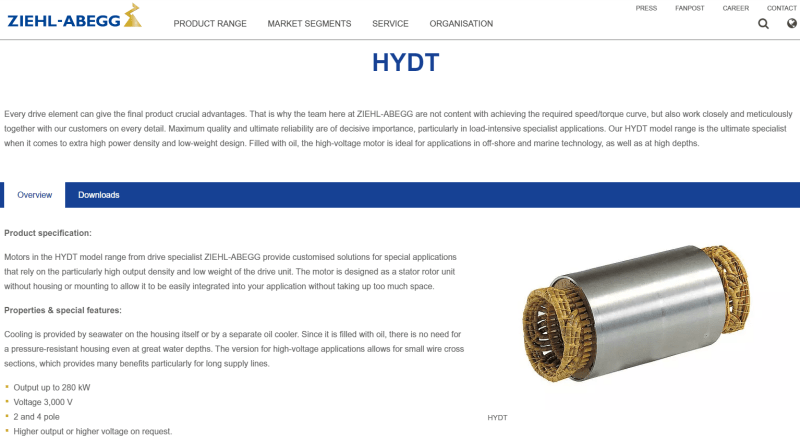> we don't know the original exact dimensions... Disassemble the existing rotor/stator from the on-shelf motor is not a good option as we don't know the original exact dimensions, heat shrink, press fit, other process that the motor has experienced.
Disassembly doesn't give you complete design information, but it's a heckuva lot better than nothing at all. I'd expect that any non-OEM vendor would want to have their hands on existing hardware to aid their reverse engineering (unless you have some really good drawings to share with them). Maybe that's what you're planning, I can't exactly tell from your comment.
I'd guess the mechanical aspects will end up the most challenging. But in general a reverse engineering effort should also look closely at the IEEE 112 equivalent circuit parameters so that the effect on motor performance can be estimated. It's particularly important for DOL start motors (where things like starting torque, starting current, breakdown torque etc are important). A small change in things like rotor conductor alloy or airgap dimensions can end up having a big effect on these. Maybe it's not as important for vfd motors like yours, outside of things like vfd tuning and motor efficiency estimation? (I don't know, I don't work with vfd's). Gr8blu's impedance matching comment I guess would be looking at characteristic impedance, a different parameter not captured in equivalent circuit parameters.
=====================================
(2B)+(2B)' ?

